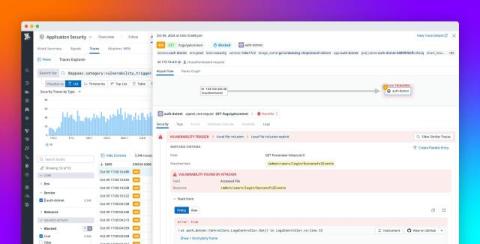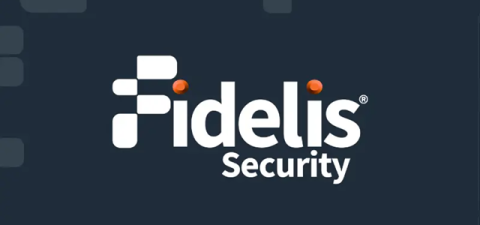Protect your applications from zero-day attacks with Datadog Exploit Prevention
Due to their numerous components and dependencies, web applications often have multiple vulnerabilities—many of them unknown and susceptible to zero-day attacks—that can be exploited by malicious HTTP requests. Determining whether a vulnerability exists is challenging without visibility into an application’s real-time data and event flows, which isn’t possible with existing firewall-based solutions.











